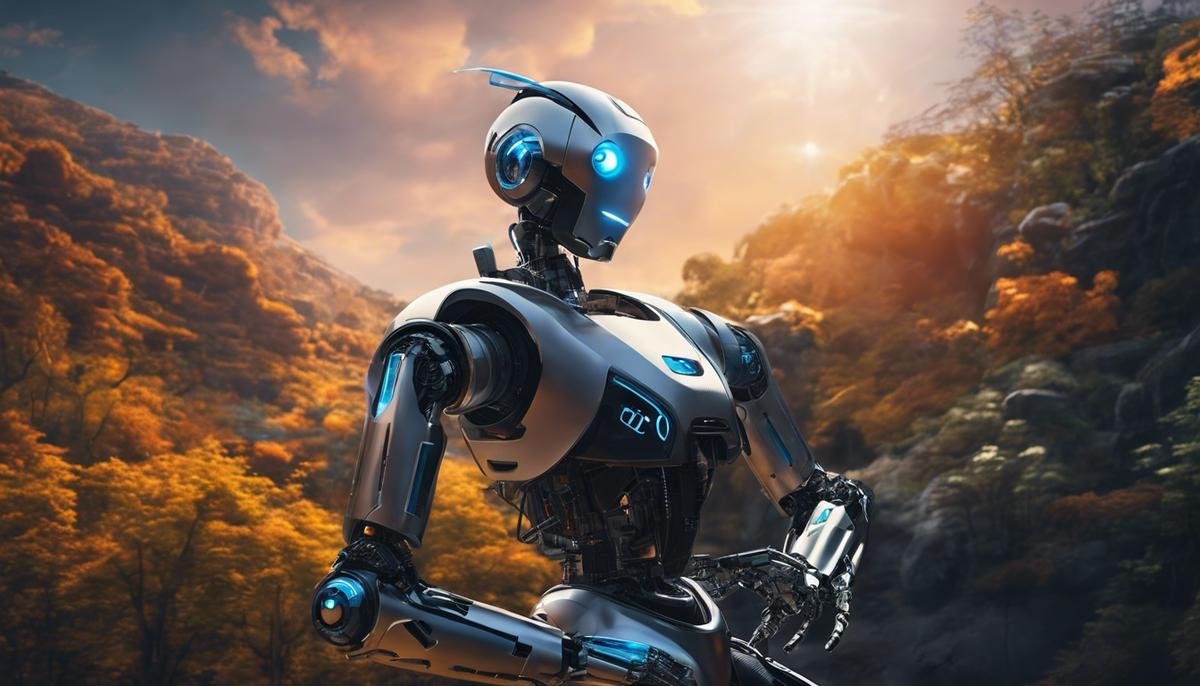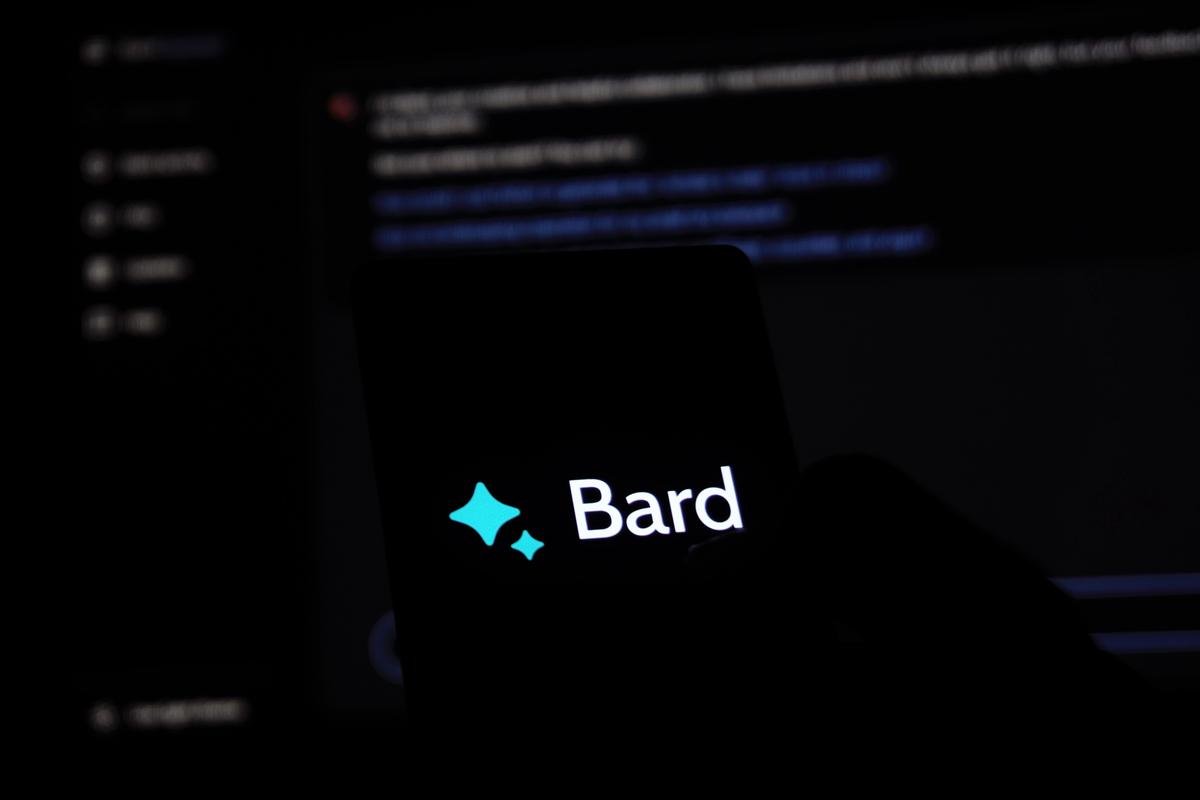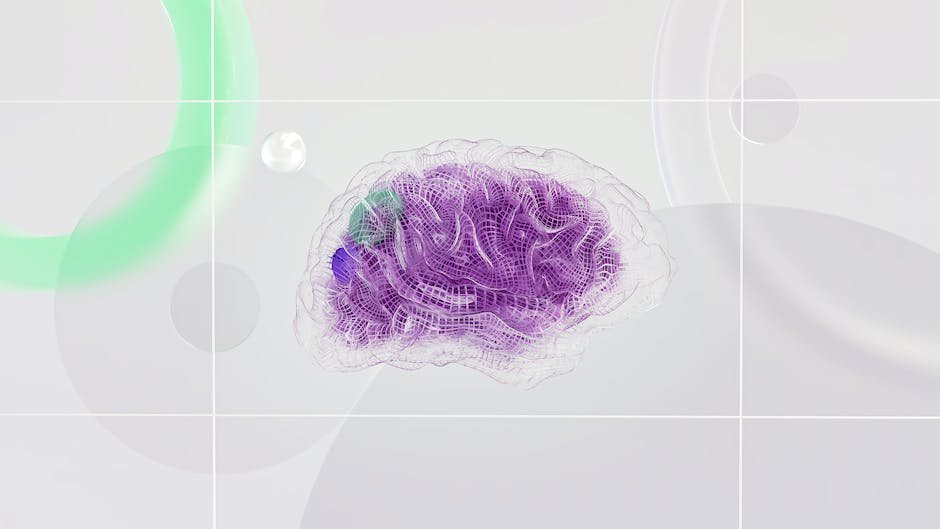The dawn of advanced artificial intelligence has introduced a new era of language models that promise to revolutionize the way we interact with technology. Among these pioneering developments are Google Bard and OpenAI’s GPT-3. Both are brilliant exemplars of the transformative power of machine learning and natural language processing that have captured the imagination and curiosity of tech enthusiasts and industry experts alike. As we delve into the intricacies of these AI giants, we embark on a quest to understand their origins, the innovative technologies that drive them, and the impressive array of functionalities they offer. This exploration positions us at the threshold of an unprecedented digital age where human-like text generation and comprehension are not just aspirational goals but tangible realities.
Overview of Google Bard and GPT-3
Google Bard and GPT-3: Pioneers of the AI Frontier
In the ever-evolving landscape of technology, two titans stand out in the artificial intelligence (AI) arena: Google Bard and GPT-3. These sophisticated software brains represent the cutting edge of machine learning and natural language processing, paving the way for a future where human-like AI interactions are the norm. Let’s delve into what makes each of these AI platforms transformative and why tech enthusiasts are buzzing about their capabilities.
Google Bard: AI Infused with the Power of Google
Imagine having a personal assistant that not only understands you but also has the vast knowledge of Google’s search engine at its disposal. That’s where Google Bard comes into play. This AI-driven chatbot taps into the extensive information repository of the web to answer queries, engage in discussions, and even help solve complex problems.
What sets Google Bard apart is its integration with Google’s LaMDA technology, which specializes in open-ended conversations. Rather than providing robotic responses, Bard is designed to engage users with more nuanced and contextually rich dialogue. It’s like having a chat with someone who can scour the internet for information in milliseconds – a dream come true for those who prize efficiency.
GPT-3: The Brain Behind Fluid Human Interaction
Move over traditional computer programs; GPT-3 has arrived. Developed by OpenAI, this AI powerhouse is known for generating human-like text with uncanny accuracy. The ‘GPT’ in GPT-3 stands for Generative Pre-trained Transformer, which essentially means it’s really good at predicting and typing out what should come next in a sentence.
Using a vast amount of data and complex algorithms, GPT-3 can write essays, translate languages, and even code simple software applications. Its versatility and adaptability make it a coveted tool for developers, content creators, and problem solvers who demand high-quality AI that can keep up with their creativity and efficiency needs.
Redefining AI Interactions
Both Google Bard and GPT-3 have far-reaching implications for the future of AI. These platforms are not just about responding to direct prompts; they’re about understanding context, nuance, and the subtleties of human conversation. By recognizing patterns and learning from interactions, they get better and smarter over time, much like humans do when they learn something new.
What’s truly exciting is their potential to revolutionize industries. From customer service to education, and from healthcare to entertainment, these AIs can automate tasks, provide instant support, and offer personalized experiences at scale. Tech enthusiasts recognize this shift from manual to automated as a leap towards greater productivity and innovation.
The promise of Google Bard and GPT-3 isn’t just in what they can do today but in their potential for the future. As early adopters and tech-savvy problem solvers integrate these AI platforms into daily life, the line between human and machine becomes increasingly blurred. The question isn’t if they will redefine AI, but how we, as a society, will harness their capabilities to drive progress and redefine our world.

Technical Capabilities Comparison
Advancing AI Conversational Abilities: How Google Bard and GPT-3 Diverge and Compete
Google Bard and GPT-3 stand as titans in the realm of AI-driven conversation, but they diverge in key areas that spotlight their unique strengths. When exploring these technological marvels, enthusiasts are often intrigued by the underlying mechanics and the different paths they take to achieve their respective goals.
At the core, Google Bard is designed to weave the expansive information network of Google into conversation. This connection enables it to pull real-time data, giving it an edge when answering questions that require updated information. The ability to tap directly into the latest internet data streams ensures users receive the most current responses possible.
GPT-3, developed by OpenAI, may not have the immediate access to live data streams, but it compensates with an advanced algorithm capable of creating detailed and nuanced text outputs. Its strength lies in deep understanding acquired through the analysis of a diverse corpus of text. It excels in tasks that need a creative approach and can mimic various writing styles, which is invaluable in content creation.
One area where they both converge is their ability to learn from interactions. Each time Google Bard or GPT-3 engages in conversation, they refine their language models to offer more precise and relevant responses in future interactions. This learning ability positions them as constantly evolving tools, consistently optimizing their performance to meet user needs effectively.
The interplay between Bard and GPT-3 demonstrates the different approaches AI technologies can take to serve their function. While Google Bard might shine in areas where up-to-the-minute knowledge is essential, GPT-3 has an upper hand in versatility, particularly in creative or programming domains.
Both platforms promise significant strides in enhancing communication, with the potential to influence a variety of sectors from customer service to education. They act as springboards for automating mundane tasks, offering instantaneous support, and crafting personalized experiences that were once the sole domain of human interaction.
The competition between Google Bard and GPT-3 will likely foster a surge in AI advancement as they push each other to new heights. Their continual development signals an exciting future where these AI entities become seamlessly integrated into the fabric of daily routines, transforming how tasks are accomplished and services are delivered.
Whether one prefers the data-rich dialogue of Google Bard or the versatile text-generating prowess of GPT-3, both tools are sculpting a new horizon where AI aids in driving human progress. As tech enthusiasts, observing the evolution and adoption of these AI conversationalists is not just fascinating – it’s an insight into the future of human-machine collaboration.

Application and Practical Uses
Real-World Applications of Google Bard and GPT-3: Transforming How We Work and Learn
Google Bard and GPT-3 are not just remarkable feats of technology; they are tools that are rapidly shaping up to be essential in various professional and educational settings. Their real-world applications are both broad and profound, with the potential to touch nearly every aspect of our lives.
In the realms of customer service and support, imagine the efficiency of having AI that can provide instant, accurate, and relevant answers to customer queries. Google Bard, with its ability to pull from up-to-date web information, can provide customers with the latest data, be it flight schedules or stock prices. Meanwhile, GPT-3 can create comprehensive responses to more complex support issues, potentially reducing wait times and improving customer satisfaction.
Education is another sector where these AI conversationalists shine. They can serve as tireless tutors, capable of explaining concepts at various levels of complexity, catering to different learning styles. This individualized approach can help students grasp difficult subjects or languages more quickly than traditional methods.
In creative industries, the impact of Google Bard and GPT-3 cannot be overemphasized. From drafting initial story ideas to providing coding assistance, these AIs are becoming indispensable tools. Screenwriters can use GPT-3 to overcome writer’s block, while programmers can leverage its coding prowess to streamline development processes.
For businesses, the ability to quickly analyze and respond to market conditions is golden. Google Bard can provide real-time market analysis, helping decision-makers stay one step ahead. Additionally, companies can use GPT-3 to generate marketing content, saving time and resources while maintaining a high level of quality.
Accessibility is an area that stands to benefit greatly. Voice-activated devices powered by these AIs can transform interactions for those with disabilities, providing a greater level of independence. With natural conversation capabilities, these tools can assist with daily tasks, offering a more intuitive and human-like interaction.
The healthcare industry can leverage the power of Google Bard and GPT-3 for patient education and engagement, delivering personalized health advice and analyzing patient inquiries to guide them to appropriate resources or care.
Finally, in a world that demands rapid problem-solving, these AIs can sift through data to provide insights and solutions, whether for scientific research or business logistics. Their ability to rapidly process information means that no industry can afford to overlook their potential.
As these conversational AI technologies continue to grow, so will their integration into our daily lives. They are not just about automation; they are about enhancing human ability and creativity, transforming the way we approach problems and unlocking a new horizon of possibilities. Keep an eye on the future – it’s a smart one.

Photo by iammottakin on Unsplash
Ethical Considerations and Challenges
Now, let’s delve into the ethical dilemmas poised by Google Bard and GPT-3. These technologies bring up questions that strike at the core of our values, from privacy to authorship, and have implications for the future of work and society.
Data Privacy and Consent:
For AI like Google Bard and GPT-3 to converse with the finesse of a human, they need to consume vast amounts of data. Here arises the critical issue of privacy. Are these AIs storing personal conversations? How are they using data gleaned from these interactions? It’s vital to ensure that user consent is clearly obtained and that data is handled with the utmost care to avoid breaches of privacy.
Misinformation and Reliability:
One wrong word, and an AI’s response could turn from helpful to misleading. While Bard and GPT-3 are learning machines, their knowledge base may sometimes be built on inaccuracies present in the data they ingest. As early adopters, we must pressure test these platforms, ensuring they’re equipped with verification mechanisms to prevent the spread of falsehoods.
Job Displacement:
Automation is fantastic until it threatens livelihoods. As conversational AIs take on roles in customer service and even creative writing, where does that leave the human workforce? We face the formidable task of navigating the balance between taking advantage of AI efficiency and protecting jobs.
Bias and Representation:
AI does not create in a vacuum; it reflects the biases in the data it’s fed. Both Google Bard and GPT-3 have algorithms that could propagate existing biases within society if we’re not cautious. Standing as gatekeepers, the tech community must establish rigorous checks to foster AI that is fair and inclusive.
Intellectual Property and Creativity:
Let’s say an AI writes a screenplay or composes music; who owns it? Current copyright laws didn’t contemplate AI’s creative potential. We must grapple with defining authorship and intellectual property rights in this new terrain where machine-generated content becomes commonplace.
Depersonalization:
As AIs become more ingrained in daily life, offering support and companionship, do we risk losing the human touch? These technologies shouldn’t replace the rich complexity of human relationships but should complement and enhance our interactions.
Accountability:
What happens when an AI messes up? Pinning down liability for AI-driven actions will be a legal and ethical battlefield. It’s crucial to establish accountability guidelines ensuring AIs and their developers don’t sidestep responsibility.
With the array of ethical quandaries Google Bard and GPT-3 etch into our future, it’s clear that while we embrace these marvels of AI, we must simultaneously engage in rigorous ethical debates, policy crafting, and user education to pave a path where tech serves humanity without unintended harm.

The Future of AI Language Models
The Inescapable Impact of AI on Society and Economy
As Google Bard and GPT-3 carve their niches, we’re not just looking at individual products but a sweeping technological wave that’s impossible to ignore. At the forefront of conversations is how these AI marvels are not only assisting but also reshaping the roles and functions across multiple sectors. From the transformation of customer service through instant, always-on assistance to customized education that adapts to students’ learning styles—these platforms are on the brink of altering the very fabric of service delivery.
But it isn’t just about automation for efficiency’s sake; it’s a fundamental shift in how we approach complex problem-solving. By crunching data more thoroughly and creatively than ever before, these AI systems could offer unprecedented insights in business analytics, with ripple effects across stock markets, economic forecasting, and much more.
For the creatives and the innovators, this is a golden era. AI is not only a tool for executing ideas but also a collaborative partner, pushing the boundaries of what’s possible in screenwriting, game development, and other creative industries. Programming itself morphs as AI begins to understand and generate code, potentially propelling a surge in software innovation.
Equally crucial is the role of AI in breaking down barriers faced by individuals with disabilities. Language processing tools could provide more fluid communication methods, transforming accessibility into connectivity. This isn’t about replacing human interaction but extending its reach, ensuring everyone has a voice at the table.
In healthcare, the stakes are high, and AI’s entry promises nothing short of transformation. From diagnostic assistance to managing patient data for better health outcomes, the precision and efficiency of Bard and GPT-3 could be the key to unlocking the next level of medical care.
Wrapping around all these specifics are larger societal and economic considerations. The way AI integrates into the job market—whether it’s perceived as a displacer or an enabler—will be critical in adjudicating its acceptance. Privacy, bias, and misinformation remain pivotal concerns, as does the critical question of how AI intersects with human intellect in terms of creativity and problem-solving.
So, look beyond the excitement of new product releases. Consider instead how AI, exemplified by Bard and GPT-3, is blurring the boundaries between technology and humanity. Its real test will be in how it mingles with the day-to-day human experience—how it is managed, regulated, and evolved. This isn’t just about the future of AI language technology; it’s about the future of society itself.

The exploration of Google Bard and GPT-3 casts a revealing light on the breathtaking pace at which language models are advancing. Far from being mere technical marvels, these AI tools are redefining boundaries and ushering in a future where the synergy between humans and algorithms becomes seamlessly integrated into the fabric of daily life. As society stands on the cusp of this technological frontier, it is imperative that we steer this course with responsibility and foresight, harnessing the immense potential of AI while remaining vigilant of the ethical and practical challenges it brings. The journey ahead is both exhilarating and uncertain, but one thing remains clear: the evolution of AI language models will continue to be a dynamic force shaping the contours of our digital world.



